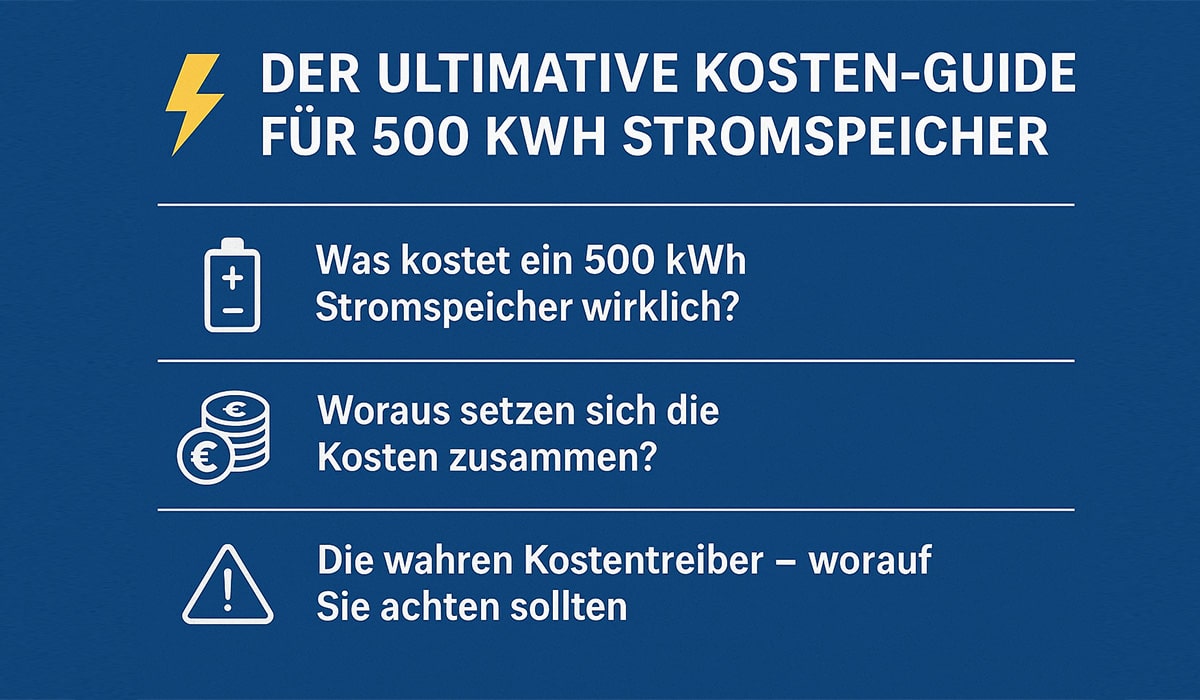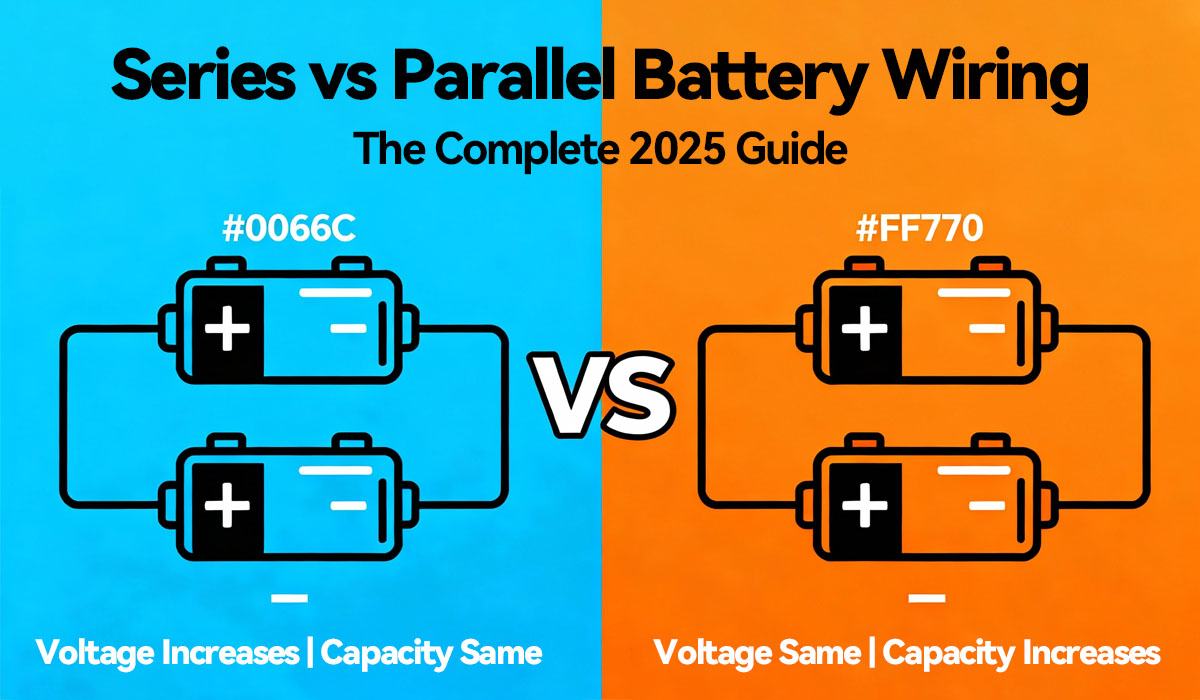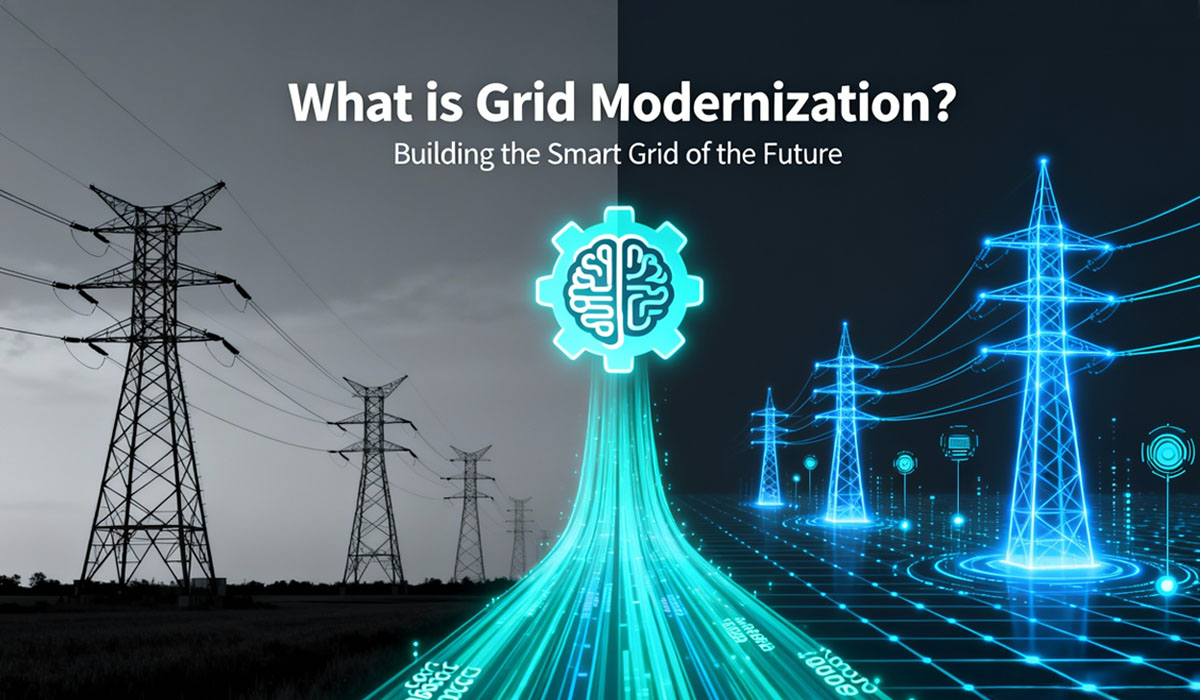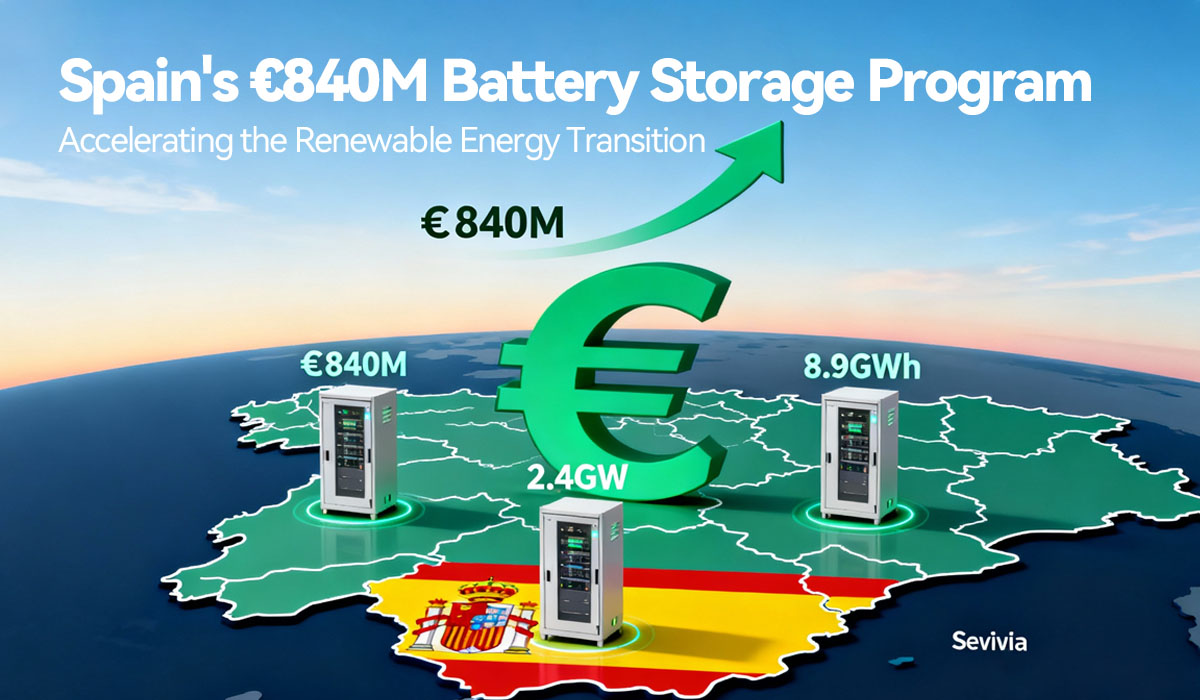Blog
Blog
48V vs 51.2V LiFePO4 Batteries: Voltage Differences for Golf Carts & Solar Systems
Published by Dawnice, February 15, 2025
Why Voltage Matters in LiFePO4 Battery Selection
LiFePO4 batteries dominate energy storage for their safety and longevity, but voltage variations like 48V and 51.2V often confuse users. While both power golf carts, solar systems, and industrial equipment, their subtle voltage differences impact performance, cost, and compatibility.
Key Differences Between 48V and 51.2V LiFePO4 Batteries
1. Voltage & Cell Configuration
- 48V Battery:
- Rated Voltage: 48V (15 cells × 3.2V)
- Charge/Discharge Range: 54V–40.5V
- 51.2V Battery:
- Rated Voltage: 51.2V (16 cells × 3.2V)
- Charge/Discharge Range: 57.6V–43.2V
Why Cell Count Matters:
The extra cell in 51.2V batteries boosts energy density. For example:
- 48V 100Ah = 4.8kWh
- 51.2V 100Ah = 5.12kWh
Scaling 10 units amplifies this gap to 3.2kWh—enough to power a home AC for 3+ hours.
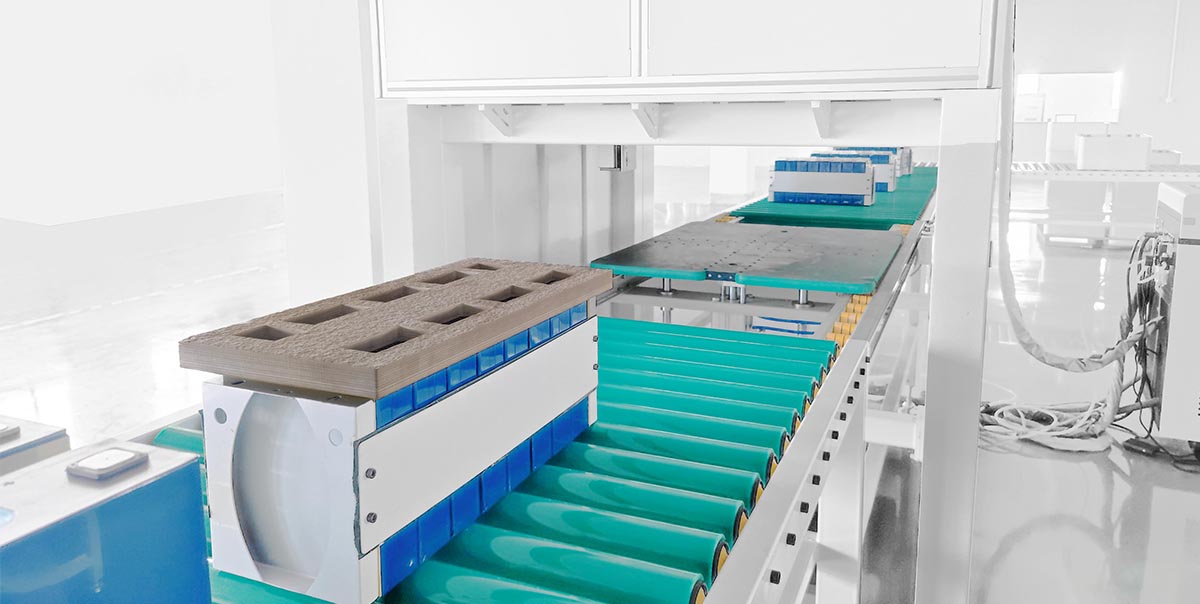
Application Scenarios
| 48V LiFePO4 | 51.2V LiFePO4 |
|---|---|
| Small solar setups | High-demand solar/wind systems |
| Golf cart power packs | Commercial energy storage |
| Residential UPS backups | Industrial machinery/EVC stations |
Case Study:
A golf cart using 48V LiFePO4 might run 50 miles, while upgrading to 51.2V extends range by 12% due to higher efficiency under load.
Performance Comparison
1. Charging Efficiency
- 51.2V: Higher voltage reduces current (for same power), lowering heat loss. Ideal for fast-charging EVs or solar arrays.
- 48V: Slightly lower efficiency but sufficient for home solar (e.g., 6–8 hour charge cycles).
2. Discharge Stability
- 51.2V: Maintains stable voltage under heavy loads (e.g., golf cart uphill climbs).
- 48V: May sag 2–3V at peak discharge, affecting motor torque.
3. System Compatibility
- Most 48V inverters support 51.2V batteries, but verify voltage tolerance (±15% is typical).
- Example: Deye/Solis inverters pair seamlessly with both voltages.
Cost & Future Trends
- Upfront Cost: 51.2V batteries cost 5–8% more but offer 10–15% longer lifespan.
- ROI: Over 10 years, 51.2V saves $200+/kWh due to reduced cycle degradation.
Future Outlook:
High-voltage battery systems (100V+) are emerging for grid-scale storage. However, 48V/51.2V will remain staples for residential and mobility applications.
FAQ: Choosing the Right LiFePO4 Series
Q: Can I swap a 48V battery with 51.2V in my golf cart?
A: Yes, if your controller supports 57.6V input. Most modern carts do, but check compatibility.
Q: Which is better for solar: 48V or 51.2V?
A: 51.2V for large systems (10kWh+) due to higher efficiency. 48V suits small setups (<5kWh).
Q: Are all 48V LiFePO4 batteries the same?
A: No. Check cell grade (Grade A vs. B) and cycle life (6,000+ cycles for premium models).

